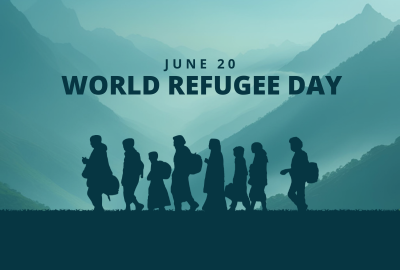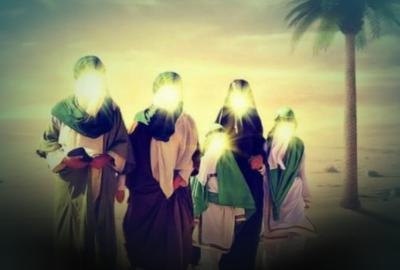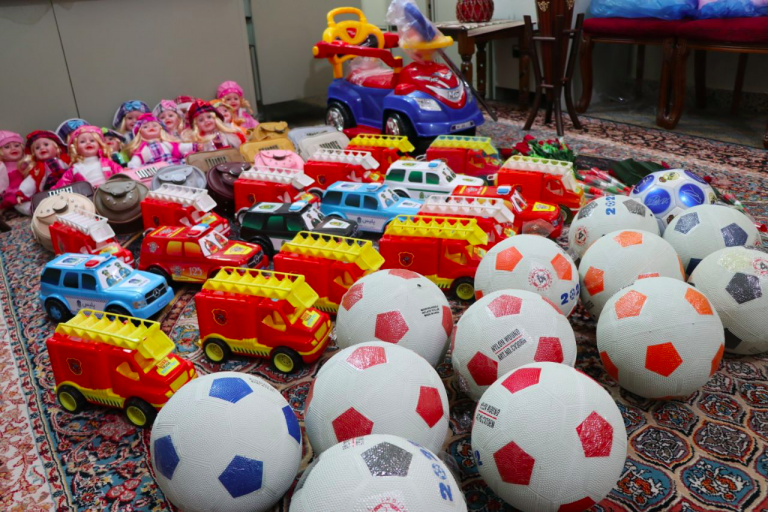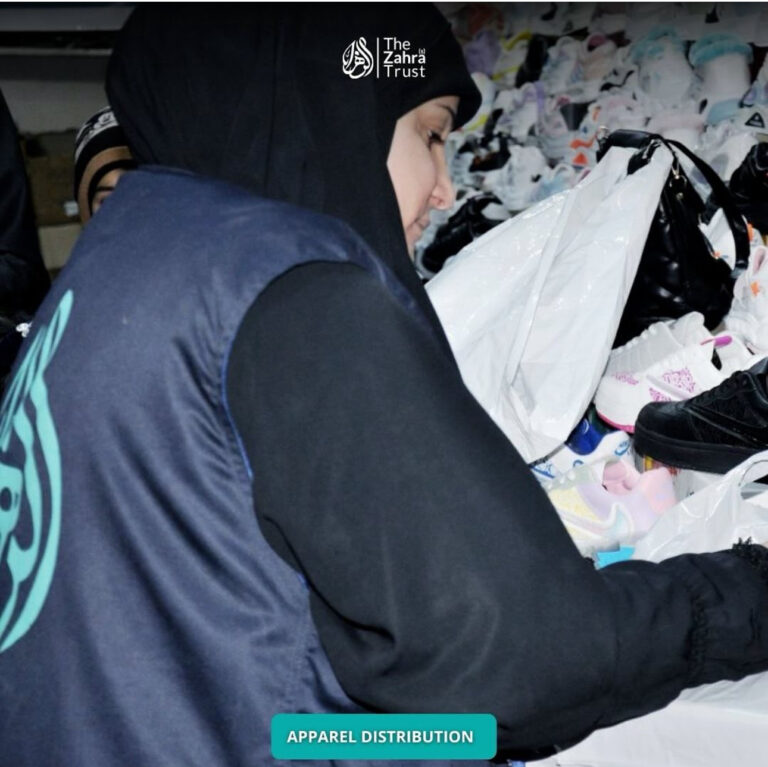5 Things to Know About Refugees Today (And How You Can Help)
The global refugee crisis has reached alarming levels of concern.
Over 122 million people have been forcibly displaced worldwide due to conflict and persecution. This includes refugees, internally displaced persons (IDPs), and asylum seekers.
Here’s what you need to know to better understand how we can offer support to those most in need.
1. The Global Displacement Crisis is at an All-Time High
According to the UNHCR, more than 122 million people are displaced globally today.
This includes:
- 43.4 million refugees
- 63.3 million internally displaced persons (IDPs)
- 6.9 million asylum seekers
About 69% of refugees are hosted by neighbouring countries – but many of these countries face their own economic or political struggles.
This means the burden of caring for displaced people often falls on countries least able to support it.
2. Women and Children are Disproportionately Affected
Women and children make up more than half of the global refugee population.
In 2023, 47 million forcibly displaced people were children under the age of 18 – a staggering 40% of the total number.
Between 2018 and 2023, approximately 2 million children were born as refugees. These children face extremely high risks of malnutrition, exploitation, and lack of access to education.
Find out more about how you can sponsor vulunerable women and children here.
3. Education Remains a Critical Challenge
Education is one of the greatest barriers for refugee children:
- 68% of refugee children enroll in primary school.
- Only 37% go on to secondary school.
- A mere 6% pursue higher education.
Access to education for refugee children remains alarmingly low.
This limits their opportunities for stable employment and integration into host societies, in turn then perpetuating cycles of poverty and dependence.
Here’s how you can directly support a vulnerable child’s education.
4. Humanitarian Aid is Declining
Despite record-high displacement figures, global humanitarian aid is shrinking. Many powerful nations have cut their donations, leaving organisations underfunded.
This decline means less food, limited healthcare, and inadequate shelter for millions already living in precarious conditions.
5. You Can Make a Difference
While the crisis can feel overwhelming, your individual actions truly matter.
Here are some practical ways to offer support:
Donate to Trusted Organizations
The Holy Quran states:
لَن تَنَالُواْ ٱلۡبِرَّ حَتَّىٰ تُنفِقُواْ مِمَّا تُحِبُّونَۚ وَمَا تُنفِقُواْ مِن شَيْءٍ فَإِنَّ ٱللَّهَ بِهِۦ عَلِيمٌ
“You shall never attain the perfect standard of righteousness until you spend in charity from the wealth that you love; and whatever you spend, Allāh surely knows it.” (Quran 3:92)
Your donation can fund food, shelter, clean water, medical care, and education. Trusted organisations include:
Sponsor or Advocate Locally
Many countries have community sponsorship programs where you can help a refugee family rebuild their life.
Volunteer Your Skills
Offer language tutoring, legal assistance, or professional mentoring through local refugee aid organizations.
Raise Awareness
Share reliable information on social media. Organize community talks.
Conclusion: A Shared Responsibility
World Refugee Day is more than one day out of the year.
It is a reminder that millions rely on our compassion, solidarity, and action.
Let us rise to this shared responsibility, as people of faith, conscience, and a shared humanity.
Frequently Asked Questions (FAQs)
A UN-designated day on June 20 to honor refugees worldwide and raise awareness of their needs and rights.
Over 122 million people are displaced globally, including refugees, IDPs, and asylum seekers.
A refugee has legal status and protection; an asylum seeker is applying for protection but awaits a decision.
Millions lose access to education, healthcare, and family support — deepening poverty and trauma.
Donate, volunteer, sponsor, or advocate through local community organizations.
UNHCR, The Zahra Trust, and Refugee Council USA are reputable options.
